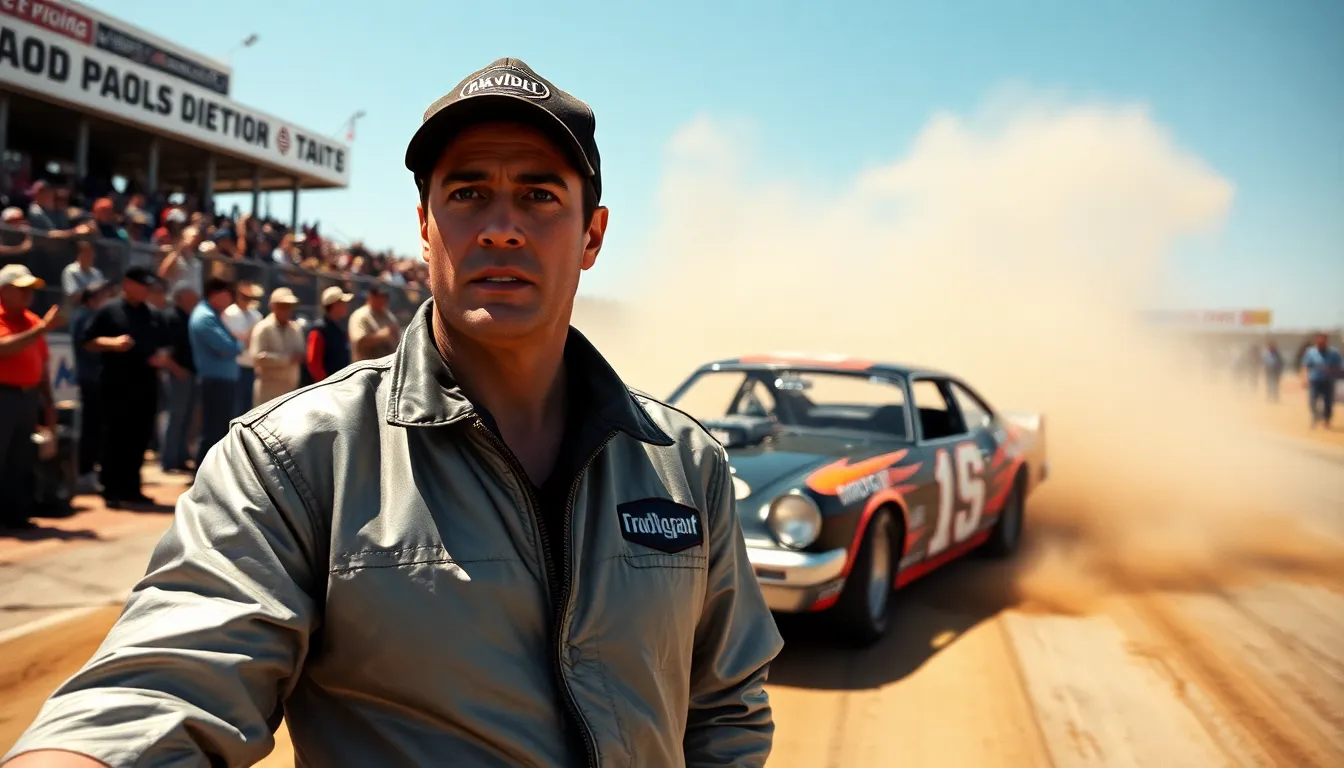Table of Contents
ToggleLights, camera, action! The world of cinema is a thrilling rollercoaster filled with genres that tickle every fancy. From nail-biting thrillers to heartwarming romances, each genre offers a unique lens through which audiences experience stories. But have you ever stopped to think about what makes these categories tick?
Dive into the delightful chaos of movie genre analysis, where dissecting films becomes an art form. Understanding the nuances of genres not only enhances viewing pleasure but also reveals the underlying themes and cultural reflections woven into the fabric of storytelling. So grab your popcorn and settle in, because this journey through cinematic styles promises to be both enlightening and entertaining. Who knew analyzing movies could be this fun?
Understanding Movie Genres
Understanding movie genres helps viewers appreciate the variety found in films. Genres categorize films based on shared characteristics, themes, and stylistic elements.
Definition of Movie Genres
Movie genres classify films into categories that reflect their narrative styles. Popular genres include drama, comedy, horror, action, and romance. Each genre possesses unique elements such as tone, setting, and character types. For instance, a horror film may rely on suspense and fear, while a comedy focuses on humor and light-hearted moments. Combining genres often produces hybrid classifications like romantic comedies or action-thrillers, enhancing storytelling versatility. Examples illustrate this variety, providing insight into audience expectations.
Importance of Genre in Film
Genre plays a crucial role in shaping audience experience. It influences marketing strategies, viewing habits, and critical reception. Viewers typically seek films that resonate with their preferences, making genre classification essential for filmmakers. Familiarity with genres allows audiences to anticipate themes and emotional responses, enhancing their engagement. Critics often analyze genre conventions to evaluate originality and craftsmanship, impacting a film’s legacy within cinematic discourse. Ultimately, understanding genre enriches one’s appreciation of the narrative depth and cultural significance present in film.
Popular Movie Genres

Numerous movie genres captivate viewers with distinct styles and themes. Each genre serves to enhance the cinematic experience, drawing audiences into unique narratives.
Action and Adventure
Action films thrill audiences with high-energy sequences and daring exploits. Characters often embark on quests, facing formidable challenges and villains. Spectacular visuals, intense chase scenes, and high-stakes conflicts define this genre. Popular franchises, like the “Marvel Cinematic Universe” and “James Bond,” exemplify the appeal of both action and adventure. Engaging in adrenaline-fueled escapes, viewers enjoy a sense of urgency that keeps them on the edge of their seats.
Comedy
Comedies elicit laughter through humor and wit, often addressing relatable situations. They utilize various comedic styles, including slapstick, satirical, and romantic elements. Iconic works like “Bridesmaids” showcase the balance between humor and emotional depth. The genre thrives on clever dialogue and quirky characters, ensuring entertainment for diverse audiences. Viewers often turn to comedies for lighthearted diversion and an opportunity to share joy with friends and family.
Drama
Dramas evoke deep emotional connections by exploring complex characters and real-life situations. They delve into themes such as love, loss, and conflict, often leaving a lasting impact on viewers. Iconic films like “The Shawshank Redemption” illustrate the genre’s ability to inspire reflection and discussion. Strong narratives, compelling performances, and poignant storytelling propel dramas to resonate across cultures. Audiences appreciate how these films challenge perspectives and encourage empathy.
Horror
Horror films create fear and suspense through atmospheric tension and unexpected twists. Characters frequently encounter supernatural entities or psychological terrors, pushing boundaries in exploration. Classic examples like “The Exorcist” and modern hits such as “Get Out” showcase the genre’s evolution. Utilizing sound, lighting, and pacing, horror captivates those seeking thrilling experiences. Engaging with this genre, audiences confront their fears while being entertained.
Science Fiction
Science fiction expands the imagination with futuristic concepts, advanced technology, and alternate realities. It addresses philosophical questions and societal implications through speculative storytelling. Iconic examples like “Blade Runner” and “Star Wars” challenge viewers to contemplate humanity’s future. The genre combines adventure and exploration with thought-provoking narratives, often presenting moral dilemmas. Audiences appreciate how science fiction intersects reality and fantasy, sparking creativity and curiosity.
Genre Blending and Hybrid Films
Genre blending refers to the fusion of two or more genres, creating unique cinematic experiences. This approach offers fresh narratives and attracts diverse audiences.
Characteristics of Hybrid Genres
Hybrid genres feature characteristics from multiple categories, which enhance storytelling depth. They often combine elements like humor and drama, action and romance, or horror and comedy. This blend creates richer emotional landscapes. Viewers experience varied tones and styles throughout films, increasing engagement. The complexity in hybrid genres invites different interpretations. Innovative filmmakers frequently push boundaries, experimenting with genre conventions. Such creativity leads to memorable narratives that captivate audiences.
Examples of Successful Hybrid Films
Several successful hybrid films demonstrate the potential of genre blending. “Get Out” mixes horror and social commentary, engaging viewers on multiple levels. “The Bride of Chucky” combines horror and comedy, resulting in a uniquely entertaining experience. “Mad Max: Fury Road” incorporates action and art-house elements, showcasing visual storytelling prowess. “The Shape of Water” blends fantasy and romance, revealing a profound narrative beneath its surface. These films illustrate how hybrid genres expand narrative possibilities, enriching the cinematic landscape for audiences.
The Role of Audience and Cultural Context
Understanding audience preferences and cultural background plays a crucial role in shaping film genres. Different audiences have unique expectations based on their personal experiences and cultural influences.
Audience Expectations and Genre
Audience expectations greatly influence genre conventions. Viewers often seek specific elements when choosing films, such as humor in comedies or suspense in thrillers. Each genre sets a framework where audiences anticipate certain narrative structures and thematic elements. The success of a film often hinges on its ability to meet or subvert these expectations. For example, the unexpected twists in “Get Out” challenge conventional horror tropes while satisfying audience cravings for both thrills and social commentary.
Cultural Influences on Genre Perception
Cultural background significantly impacts how audiences perceive genres. Different societies view themes, humor, and storytelling differently due to their unique contexts and norms. Films can reflect cultural values, leading to varying receptions across regions. An action movie in America may emphasize individual heroism, while the same genre in Asian cinema might showcase community and familial bonds. Understanding these cultural nuances enhances audience appreciation and influences filmmakers during production.
Exploring movie genres reveals the intricate layers of storytelling that captivate audiences worldwide. By analyzing these classifications, viewers gain a deeper appreciation for the art of filmmaking and the cultural narratives embedded within. The dynamic interplay of genres and audience expectations shapes not only individual viewing experiences but also the broader cinematic landscape.
As filmmakers continue to innovate and blend genres, the possibilities for storytelling expand, inviting audiences to engage with films in fresh and exciting ways. This journey through genres not only entertains but also enriches understanding of the diverse human experience reflected on screen. Embracing this exploration can transform the way one interacts with cinema, making each film a unique adventure.



